Main Imaging Setup
2015-2016
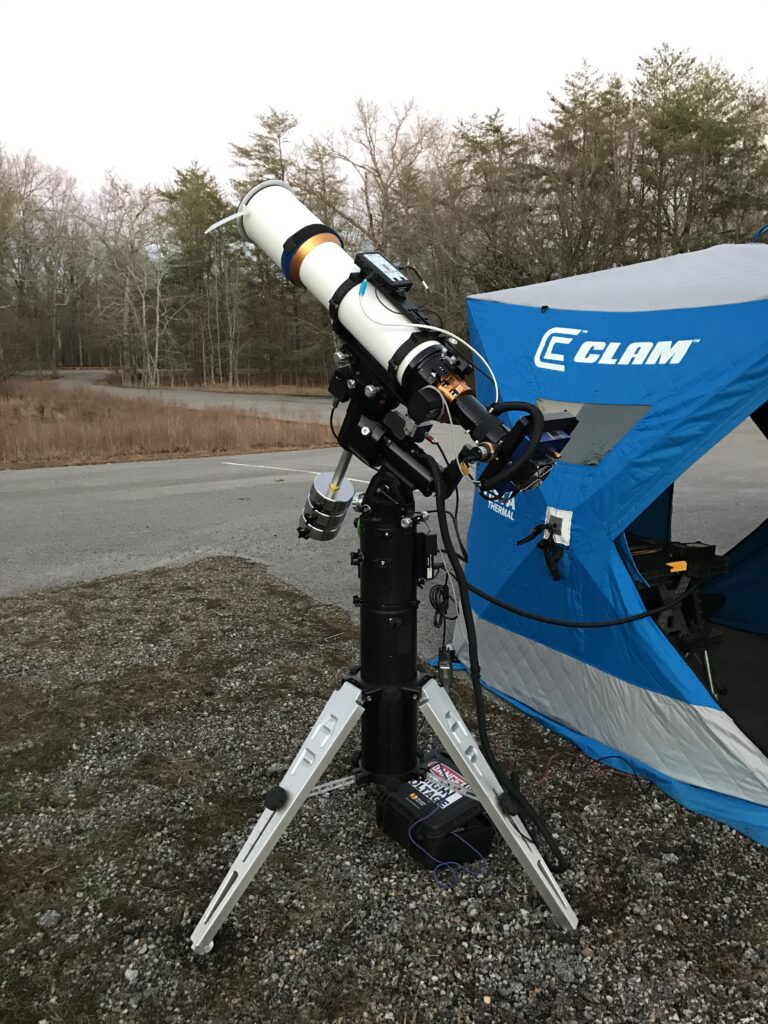
William Optics 132FLT 5.9 telescope w/WO .8 reducer
QHY 16200 mono camera with 7 position filter wheel & Astrodon Filters
Astro Physics Mach 1GTO
Astro Physics Eagle 1 Pier
QHYm OAG & QHY 5L2 mono guide camera
Kendrick dew system
Moonlite focuser- rotation & focus
Bioenno 100ah LifePo battery
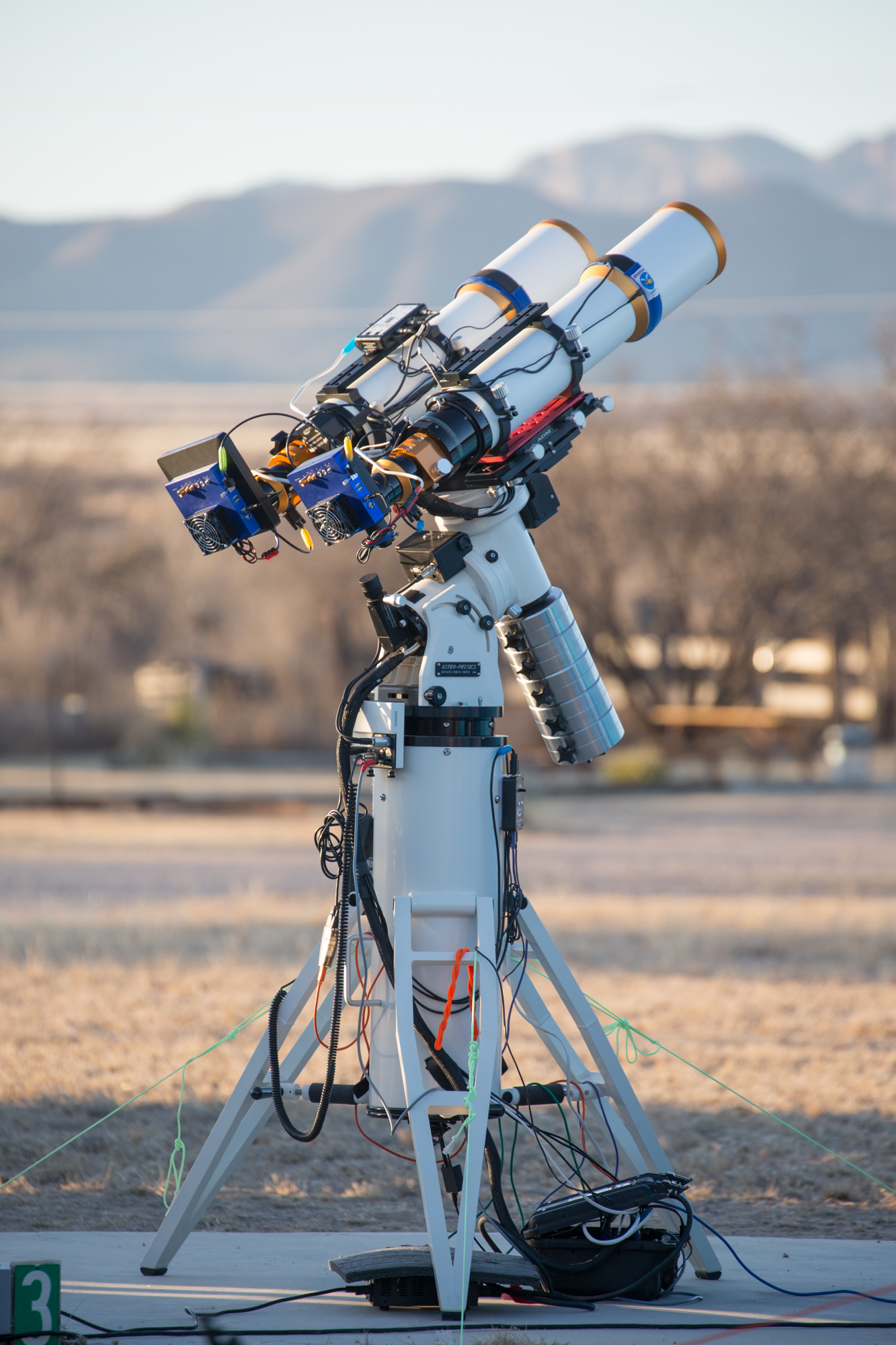
Main Setup 2017
Dual William Optics 132FLT 5.9 telescopes w/ WO .8 reducer
QHY 16200 mono cameras with 7 position filter wheels & Astrodon Filters
ADM Dual aiming saddle
WO Guidescope w/ QHY 5L2 mono guide camera
Astrodon filters
Moonlite focusers- rotation & focus
Bioenno 100ah LifePo battery
ATS 10×42 Pier
Moving into the Observatory was amazing. Here’s timelapse of the first month, with a LUNAR ECLIPSE at 1:52/3!
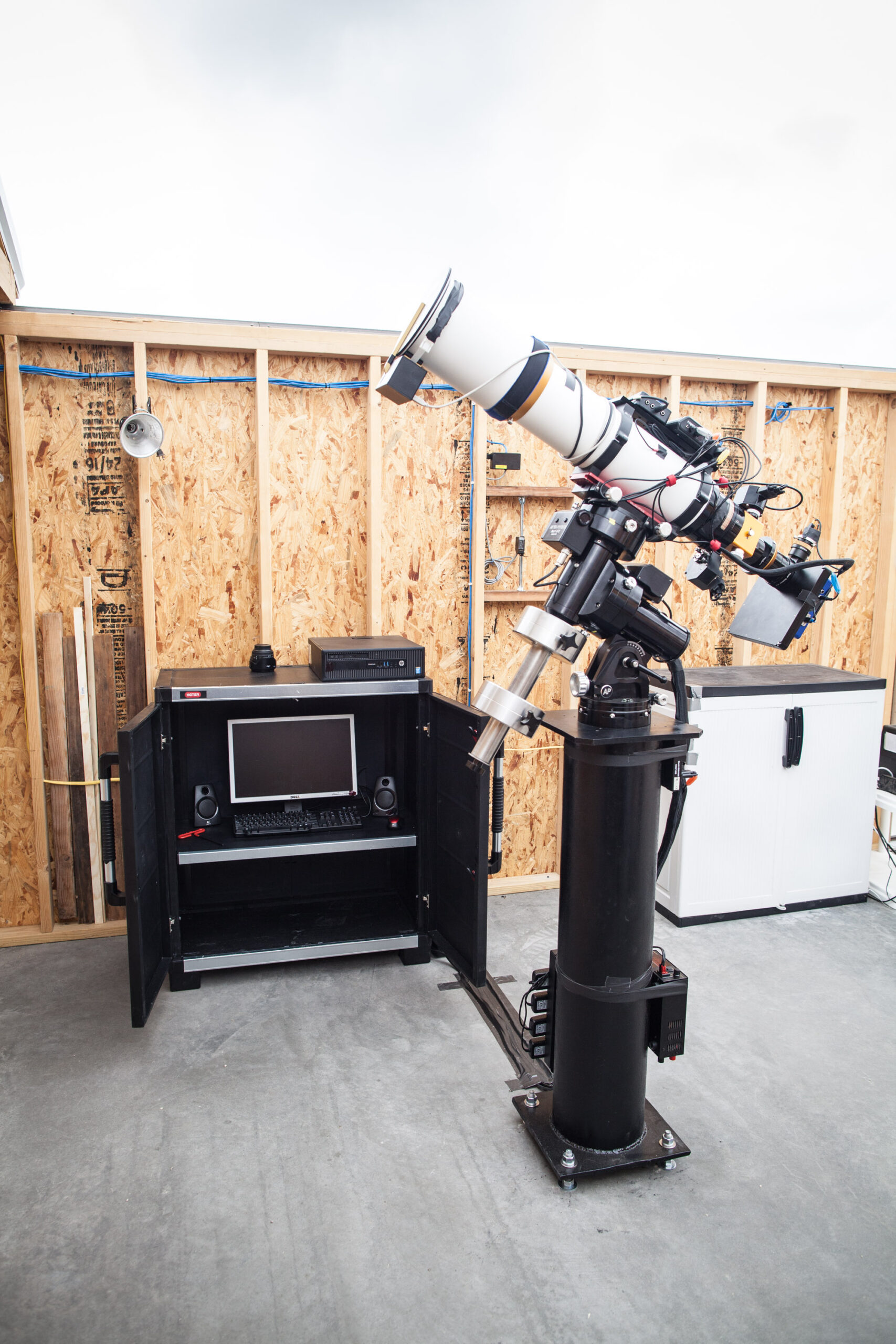
Observatory Setup 2017- Current
William Optics 132FLT 5.9 telescope w/WO .8 reducer
QHY 16200 mono camera with 7 position filter wheel & Astrodon Filters
Astro Physics Mach 1GTO
QHYm OAG & QHY 5L2 mono guide camera
Kendrick dew system
Moonlite focuser- rotation & focus
Secondary Setup 2017- Current
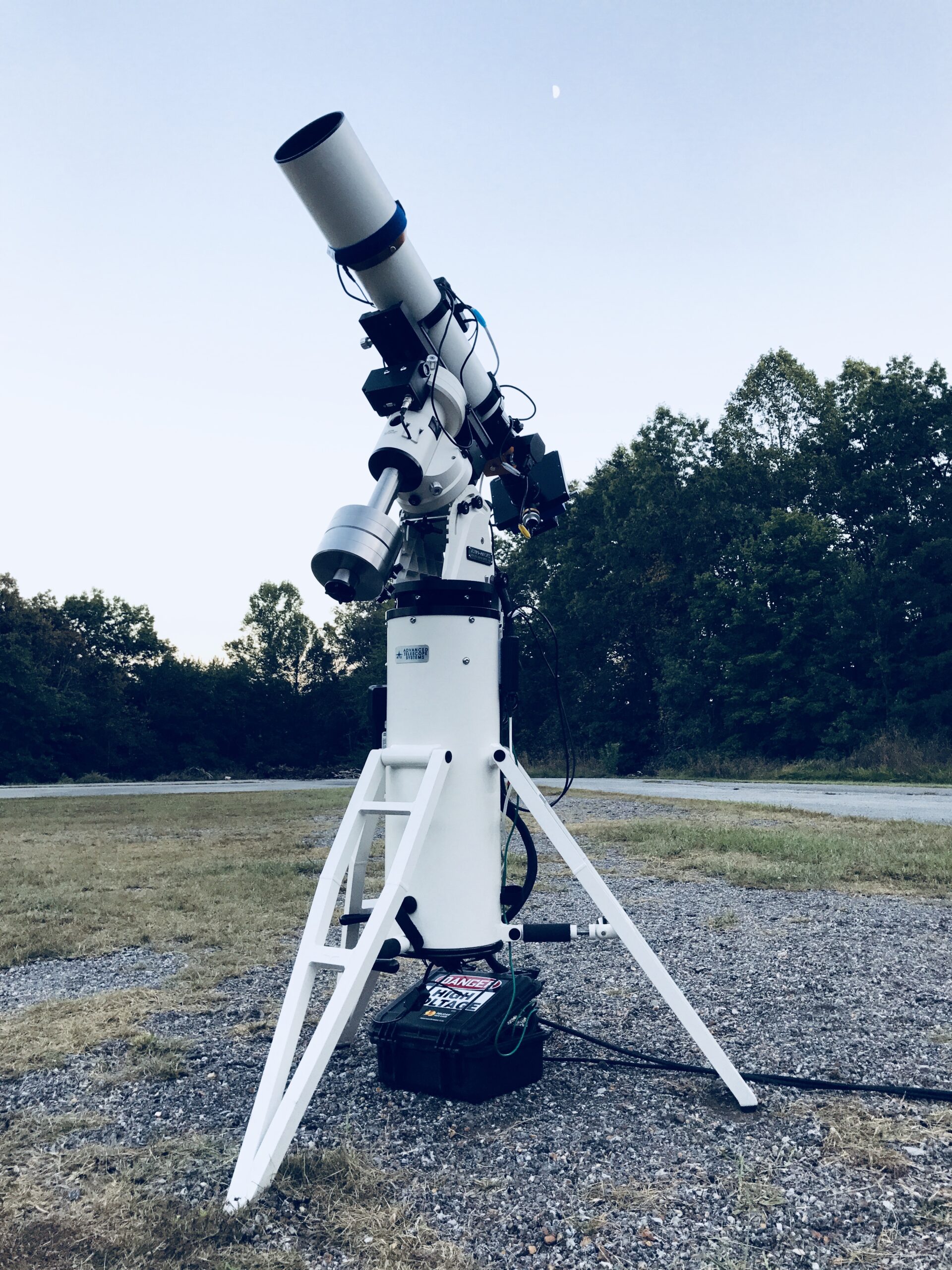
For shooting at home-
William Optics 132FLT 5.9 telescopes w/ WO .8 reducer
QHY 16200 mono camera w/ 7 position filter wheel & Astrodon Filters
WO Guidescope w/ QHY 5l2 mono guide camera
Moonlite focusers- rotation & focus
Bioenno 100ah LifePo battery
ATS 10×42 Pier
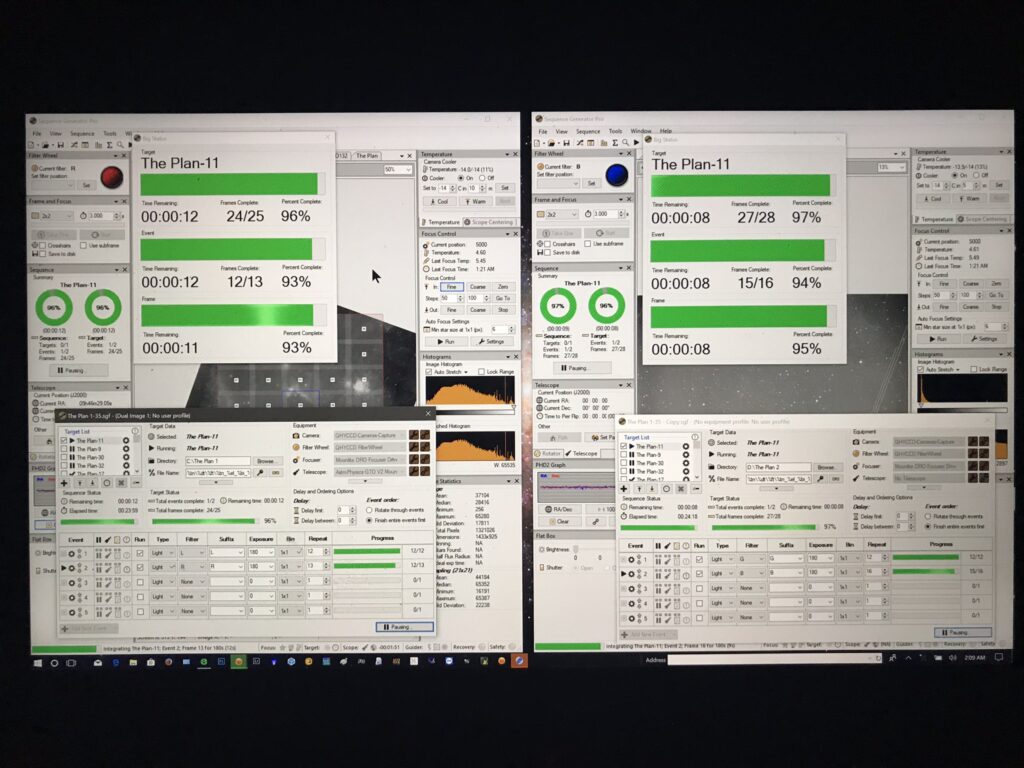
Software used in aquisition, calibration, and integration
Sequence Generator Pro from Main Sequence Software
PHD2 Guiding
Pixinsight
Astro Pixel Processor
Photoshop
Project highlights
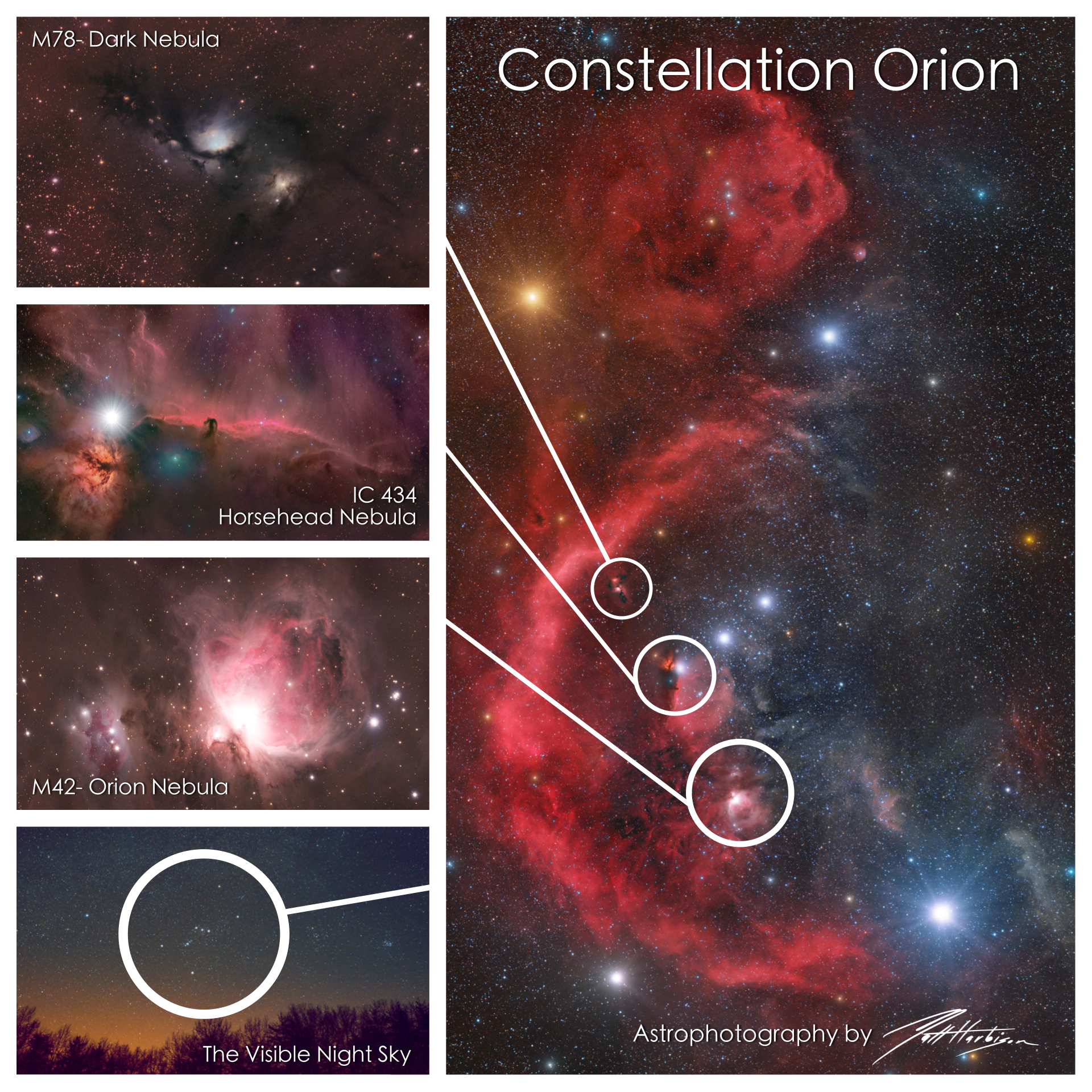
– 2013: Development of idea
– 2014: Purchase of initial equipment
– 2015: Refinement of process
– November 2015: Officially began mosaic with a failed start- re-figuring equipment
– 2016-2017: Backyard and weekend warrior- decided to create dual imaging system (two tubes, one mount)
– 2016-2017: Local imaging at dark sites anytime the skies allowed
– 2016- 2017: Completion of 52 panels as a travelling imager – Fall 2017: Invited into MaRIO Observatory in Marathon. Tx at the Marathon Sky Park. Amazing opportunity that allowed me to complete another 28 panels in one season
– 2018: Completion of an additional 49 panels in one season in an observatory
– 2019: Completion of a total of 58 panels in the observatory
– Spring 2020: Completion of a total of 26 panels (many redone because of subpar data) in the observatory – Summer 2020: First attempt at processing complete data met with failure because of inefficient processing/computing power. Limited to sections of the mosaic at a time. – Summer 2020: Compiled data and built a website to house the data during spare time afforded by pandemic
– Summer 2020: Built a computer to process the 22 TB of data stored across 12 hard drives
– August 27, 2020: Calibrated and registered all 204 panels with astrometric solutions via Pixinsight
– Projected October 2020: Solving and processing the final data for release
